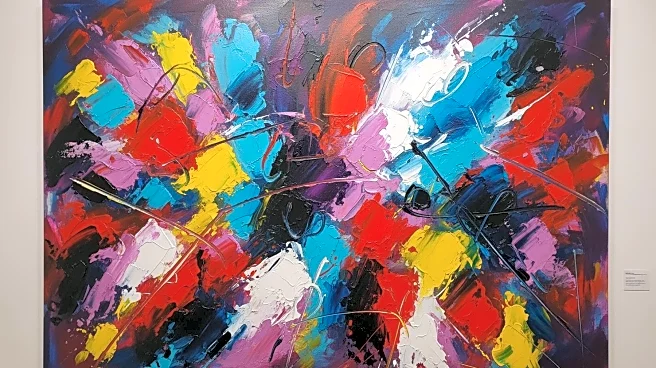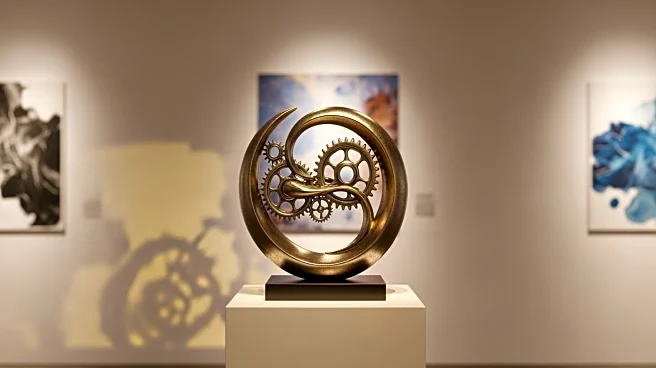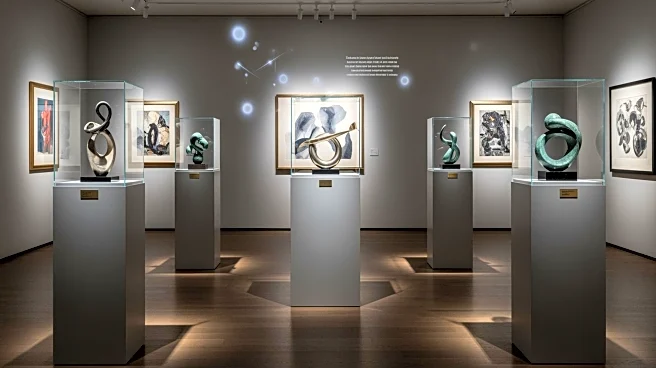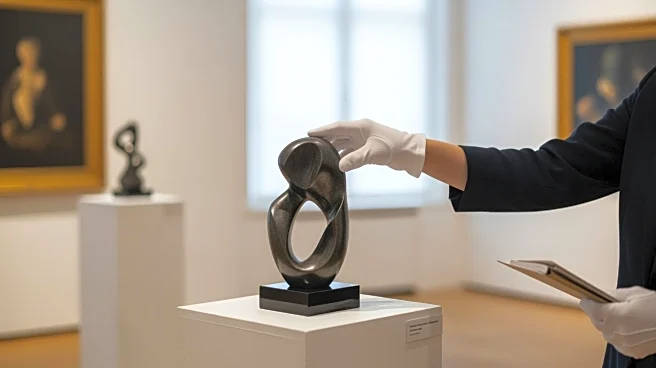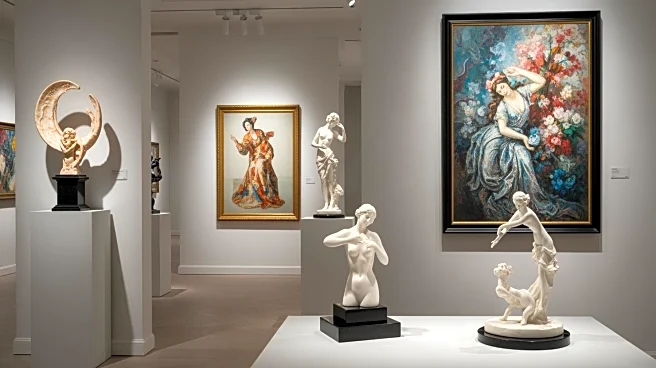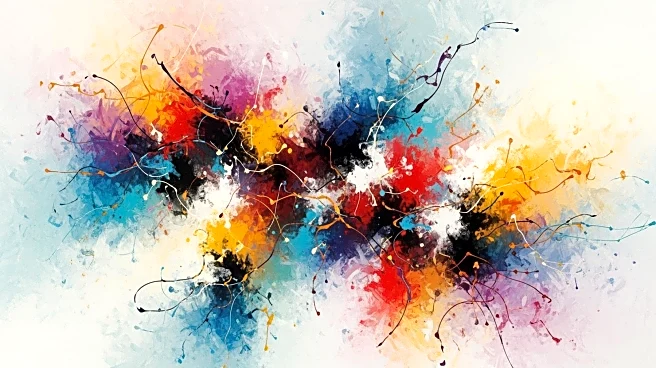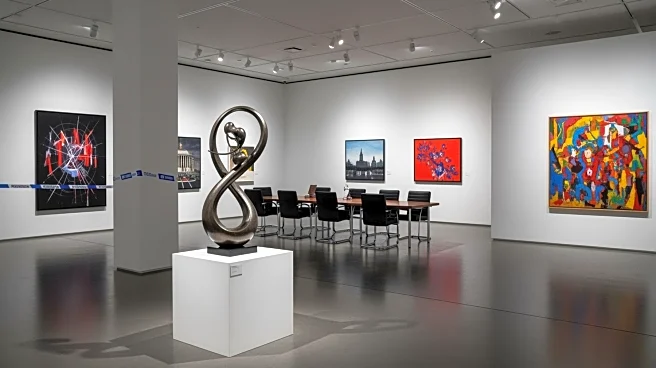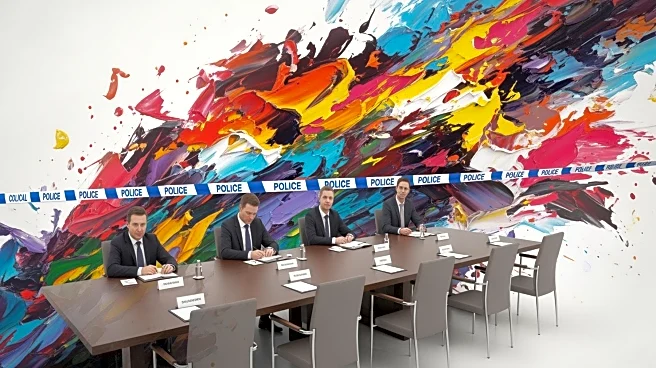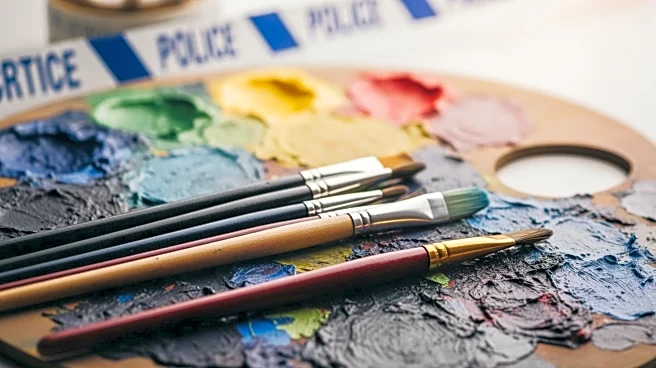What's Happening?
The Art Basel and UBS Survey of Global Collecting 2025, authored by economist Clare McAndrew, highlights a significant shift in art market dynamics, with high-net-worth women spending 46 percent more on art than
their male counterparts between 2024 and mid-2025. This trend is occurring despite global economic challenges, indicating a narrowing gap in market activity and influence traditionally dominated by men. Additionally, Art Basel Paris is offering booth-fee discounts to new participants, signaling support for emerging dealers in a challenging market environment. The survey underscores the resilience and evolving nature of the art market, with women playing an increasingly prominent role.
Why It's Important?
The increased spending by high-net-worth women in the art market reflects broader societal shifts towards gender equality in traditionally male-dominated sectors. This trend could lead to more diverse representation in art collections and influence the types of art that gain prominence. The support for emerging dealers through booth-fee discounts at Art Basel Paris may encourage new entrants and foster innovation in the art market. These developments could reshape the art industry, impacting galleries, auction houses, and artists by diversifying the market and potentially altering the valuation of artworks.
What's Next?
Art Basel Paris's initiative to offer booth-fee discounts may attract new galleries and artists, potentially leading to a more varied and dynamic art fair. As high-net-worth women continue to invest in art, galleries and auction houses might adjust their strategies to cater to this demographic, possibly influencing the types of art that are promoted and sold. The ongoing economic challenges could further test the resilience of the art market, prompting stakeholders to innovate and adapt to maintain growth and stability.
Beyond the Headlines
The shift in spending patterns among high-net-worth women could have long-term implications for gender dynamics in the art world, challenging traditional power structures and encouraging more inclusive practices. This trend may also inspire other industries to examine and address gender disparities, potentially leading to broader societal changes. The art market's adaptation to these changes could serve as a model for other sectors facing similar challenges.
